40 Open Source, Free and Top Unified Modeling Language (UML) Tools
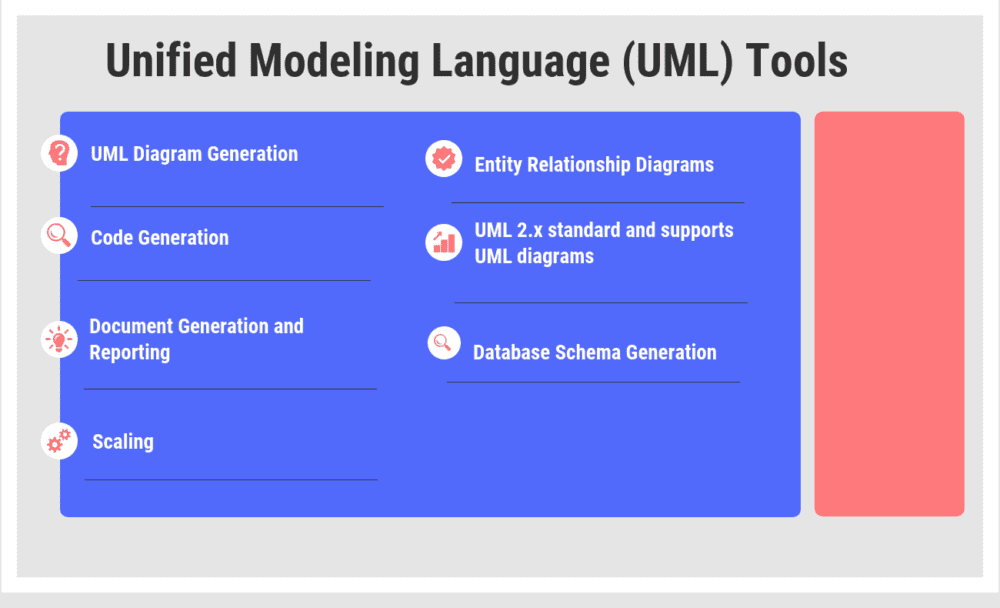
Many companies in the modern-day business environment are experiencing a significant increase in the strategic value of their software. For this reason, stakeholders in the software development industry are looking for ways to automate and streamline the software development process.
Their aim is to improve the quality of software products and reduce costs. Software developers and engineers also want to find solutions to architectural glitches, security issues, replication, and other problems. Some of the architectural problems in software products have emerged because of the need to develop simple software for the internet and new technologies. The best solution is to use the appropriate technologies, frameworks, and programming tools. The Unified Modeling Language (UML) is one of the best tools designed to address the aforementioned problems. It is important for companies to capitalize on UML tools because today’s business world is highly competitive.
Unified Modeling Language (UML) is a modeling language which is intended to provide a standard way to visualize the design of a system. The Unified Modeling Language offers a way to visualize a system's architectural blueprints in a diagram including elements such as activities, jobs, individual components of the system, how they can interact with other software components, how the system will run and how entities interact with others.
Unified Modeling Language (UML) is a graphical language used for modeling and describing software systems, including their structure and behavior. It provides a standardized way of visualizing and communicating software design, making it easier for developers, stakeholders, and other team members to understand and collaborate on the design process.
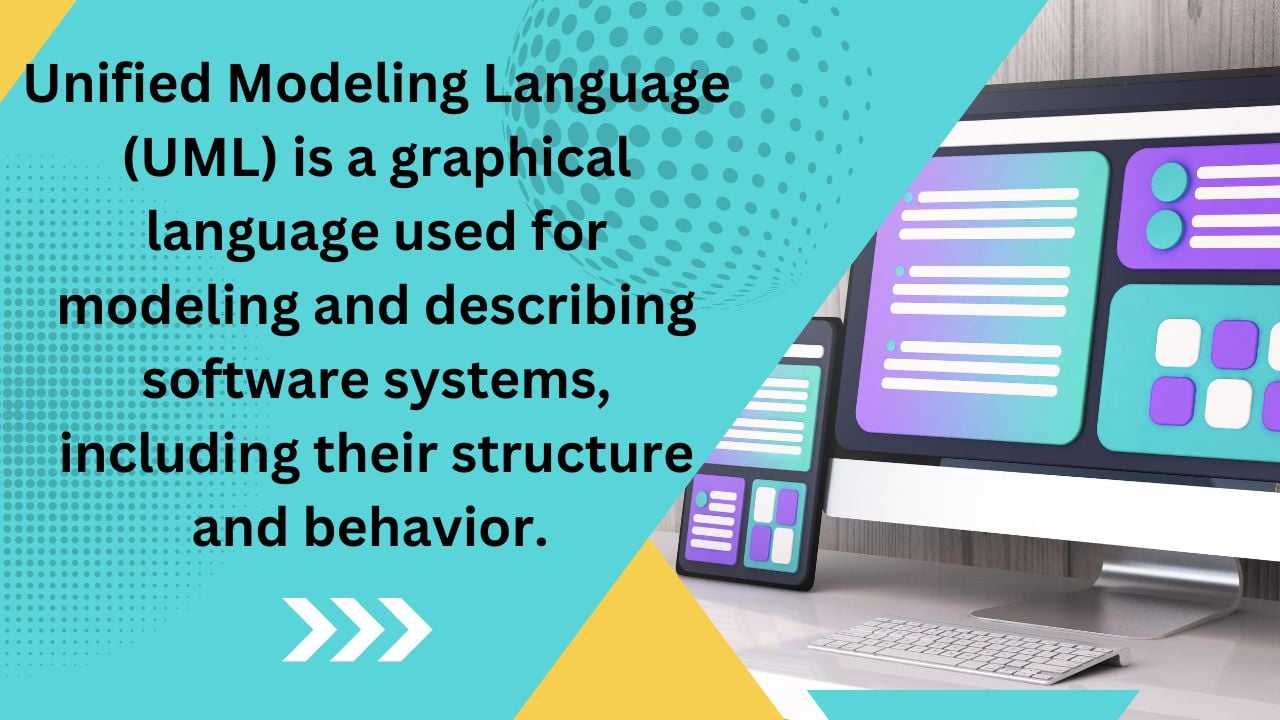
Unified Modeling Language (UML) Tools
UML includes a set of diagrams and symbols that represent different aspects of a software system, such as class diagrams, activity diagrams, state diagrams, and sequence diagrams. The language is used to model the static and dynamic aspects of a system, including its classes, objects, behaviors, and interactions. UML is not tied to a specific programming language, making it suitable for use in a wide range of software development projects. UML has become a widely accepted standard in the software development community, and is supported by many software development tools and platforms. The use of UML helps organizations to improve the quality and efficiency of their software development processes and promotes better collaboration and communication among team members.
UML has many types of diagrams, which are divided into two categories as structural information and that represent general types of behavior. Structure diagrams emphasize the things that must be present in the system being modeled. Behavior diagrams emphasize what must happen in the system being modeled. Interaction diagrams, a subset of behavior diagrams, emphasize the flow of control and data among the things in the system being modeled.
Example of Open Source and Free Unified Modeling Language (UML) Tools: ArgoUML, StarUML, BOUML, EclipseUML, Dia, GenMyModel, UML Modeller, Papyrus, NClass, UMLet, NetBeans IDE, Plantuml, Open ModelSphere, gModeler, RISE, Violet, Oracle Jdeveloper, Oracle SQL Developer are some of the examples for the best Open Source and Free Unified Modeling Language (UML) Tools.
Example of Unified Modeling Language (UML) Tools: yEd, StarUML, Visio, Modelio, MagicDraw, Sparx Enterprise Architect, Creately, IBM Rational Rose, Visual Paradigm, Micro Focus Together, Gliffy, Trace Modeler, yUML, Altova Umodel, Astah, Poseidon, IBM Rational, Pacestar UML, PragmaDev Specifier, objectiF, OmniGraffle, SAP PowerDesigner, Prosa are some of the example for the best Unified Modeling Language (UML) Tools.
What are Unified Modeling Language (UML) Software
The Unified Modeling Language (UML) Software provides a general-purpose, developmental, modeling language which is intended to provide a standard way to visualize the design of a system. UML offers a way to visualize a system's architectural blueprints in a diagram including elements such as any activities, individual components of the system, and how they can interact with other software components, how the system will run, how entities interact with others (components and interfaces) and external user interface.
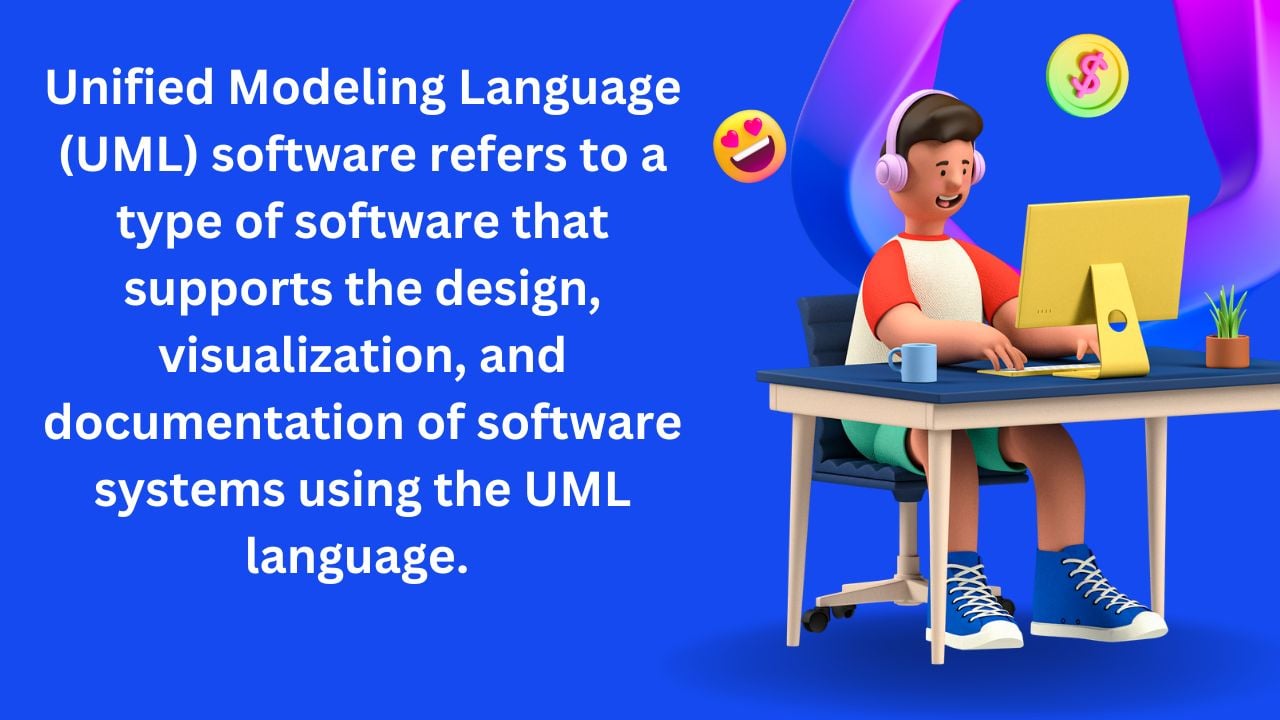
What are Unified Modeling Language (UML) Software
Unified Modeling Language (UML) software refers to a type of software that supports the design, visualization, and documentation of software systems using the UML language. UML software provides a platform for modeling and documenting the structure and behavior of software systems, including their classes, objects, behaviors, and interactions. These tools allow developers to create UML diagrams, such as class diagrams, activity diagrams, state diagrams, and sequence diagrams, to represent the different aspects of a software system. Some UML software also supports code generation, which generates code automatically from the UML models. UML software helps organizations to improve the quality and efficiency of their software development processes by promoting better collaboration and communication among team members. Some examples of UML software include Visual Paradigm, StarUML, and IBM Rational Software Architect. UML software is suitable for organizations of all sizes and across industries, as it provides a flexible, scalable, and customizable solution for modeling and documenting software systems.
UML diagrams represent two different views of a system model, Static (or structural) view and Dynamic (or behavioral) view. Static (or structural) view emphasizes the static structure of the system using objects, attributes, operations and relationship and includes class diagrams and composite structure diagrams. Dynamic (or behavioral) view emphasizes the dynamic behavior of the system by showing collaborations among objects and changes to the internal states of objects. This view includes sequence diagrams, activity diagrams and state machine diagrams. UML models can be exchanged among UML tools by using the XML Metadata Interchange (XMI) format.
UML is a general-purpose, object-oriented modeling language that allows software developers to visualize a system before the actual development process. UML tools support the functions of UML. Software developers, engineers, and other stakeholders use them to visualize the architectural blueprint of a system in the form of a simplified diagram.
The diagram represents the key elements of the system such as activities, interfaces, and various components. It also shows relationships between the different software components as well as how the finished product will operate. UML diagrams usually represent the model of a system in static (structural) or dynamic (behavioral) view. In the static view, diagrams include objects, relationships, activities, and attributes that represent the system. In the dynamic view, diagrams represent the behavioral aspects of the system. In simple terms, structural diagrams show the necessary elements while behavior diagrams represent what must take place in the system.
With the right UML tools, companies can visualize the structure and design of their software systems.
What are the features of Unified Modeling Language (UML) Software?
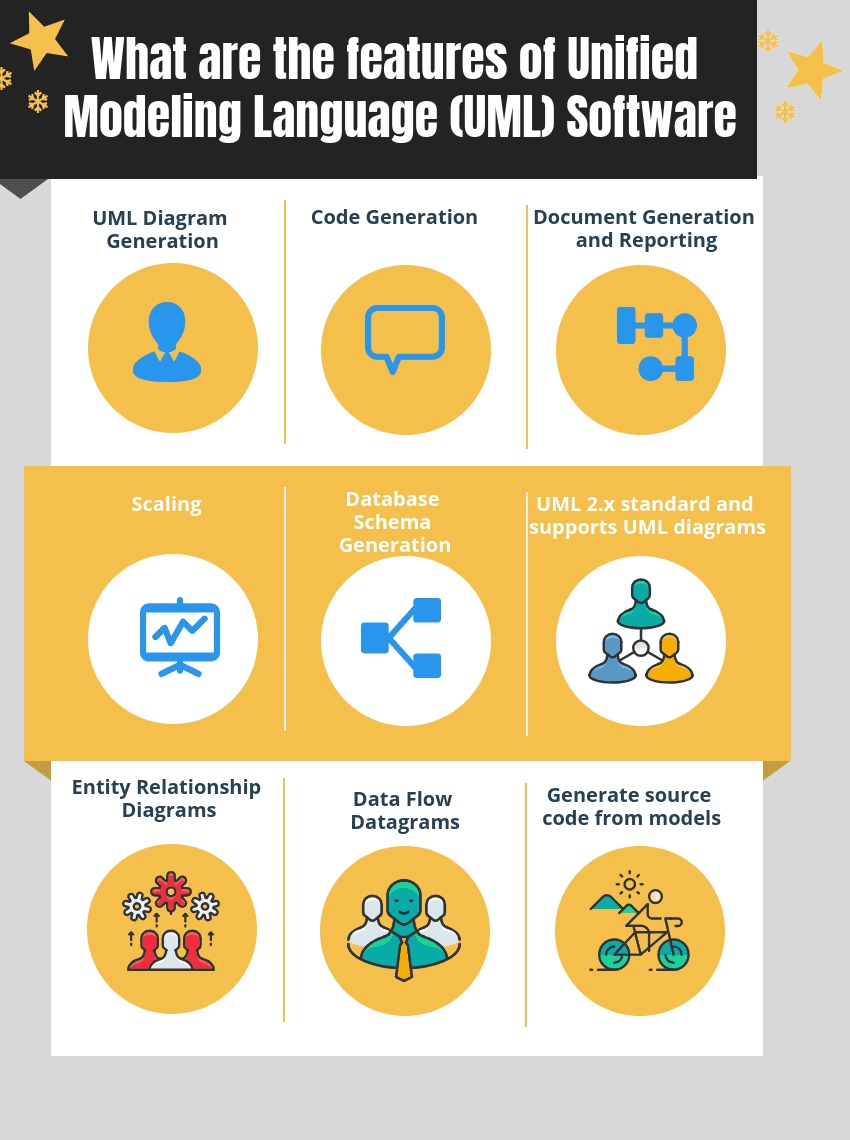
What are the features of Unified Modeling Language (UML) Software
- UML Diagram Generation: Software developers, engineers, business users, and other users use UML tools to create and edit UML diagrams such as class, component, communication, sequence, activity, object, and profile diagrams. These tools usually use object-oriented techniques to describe and visualize the software production process.
- Code Generation: UML tools can generate code from models and generate models from codes. The latter is commonly known as reverse engineering.
- Document Generation and Reporting: UML tools allow users to generate impressive reports. Users can also export model diagrams in different formats and generate documents.
- Scaling: Business users need to manage their complex systems as they increase in scale. The scaling feature allows users to scale a system to a multi-user scale depending on their changing needs.
- Database Schema Generation: This feature allows software developers, engineers, and other users to develop database schemas from UML designs.
- UML 2.x standard and supports UML diagrams such as Class, Object, Use Case, Component, Deployment, Composite Structure, Sequence, Communication, Statechart, Activity and Profile Diagram.
- Features for Entity Relationship Diagrams.
- Features for Data Flow Datagrams.
- Generate source code from models and generate model from source codes.
- Publication as HTML documents, and PDF documents.
Some of the benefits include :
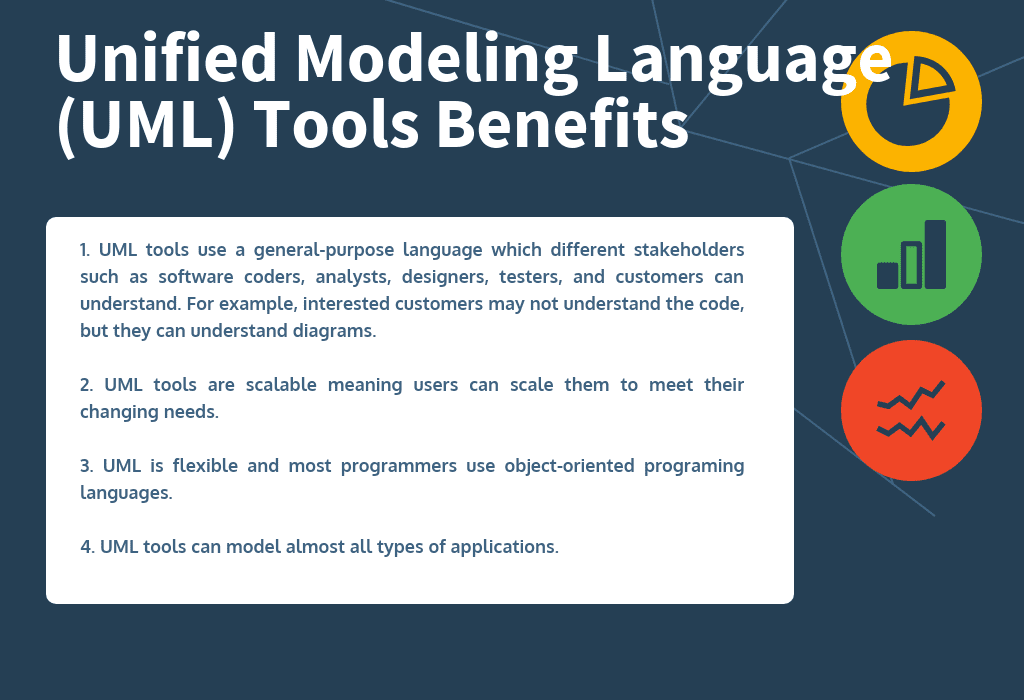
Unified Modeling Language (UML) Tools Benefits
- UML tools use a general-purpose language which different stakeholders such as software coders, analysts, designers, testers, and customers can understand. For example, interested customers may not understand the code, but they can understand diagrams.
- UML tools are scalable meaning users can scale them to meet their changing needs.
- UML is flexible and most programmers use object-oriented programing languages.
- UML tools can model almost all types of applications.
- There’re many UML tools including proprietary and open-source software to suit the needs of every user.
Open Source and Free Unified Modeling Language (UML) Tools
ArgoUML
ArgoUML is a UML diagramming application written in Java and released under the open source Eclipse Public License. It includes support for all standard UML 1.4 diagrams. It runs on any Java platform and it is available in ten languages- EN, EN-GB, DE, ES, IT, RU, FR, NB, PT, ZH. ArgoUML 0.26 and 0.26.2 can be used in all over the world and downloaded over 80,000 times. ArgoUML can be installed using the Java Web Start procedure connected to ArgoUML home page. For windows people can also download a setup file to install it in 30 seconds and launch the…
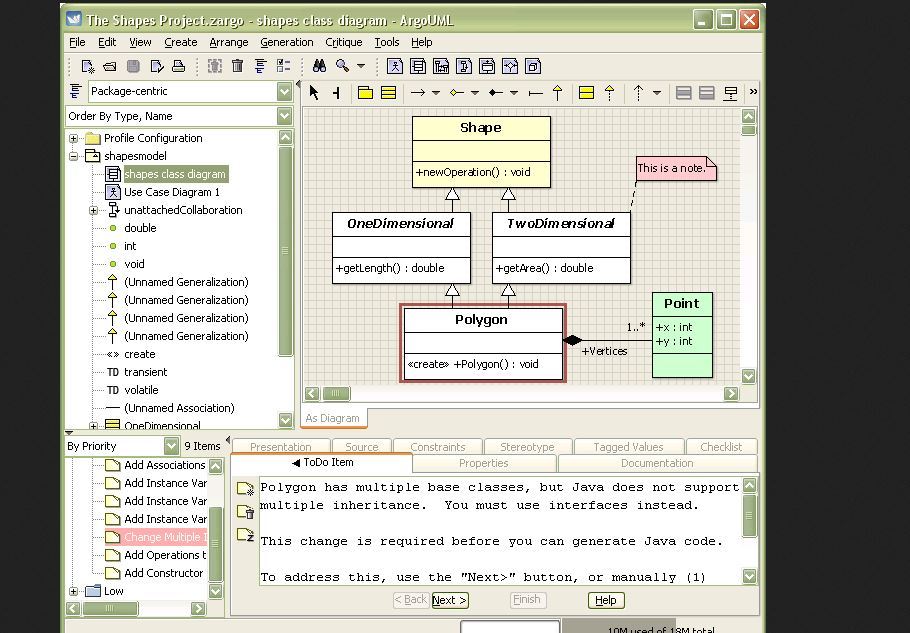
StarUML
StarUML is an open source software modeling tool that supports UML (Unified Modeling Language). It is based on UML version 1.4, provides eleven different types of the diagram and it accepts UML 2.0 notation. StarUML 2 is a sophisticated software model developed by advanced UX and extensions. StarUML 2 is compatible with UML 2.x standard and supports totally 11 kinds of UML diagrams Class, Object, Use case, Component, Deployment, Sequence, Communication, Activity and Profile Diagram. StarUML 2is a commercial software, and there is no limit for evaluation. People can buy a license for continued use. StarUML is one of the…
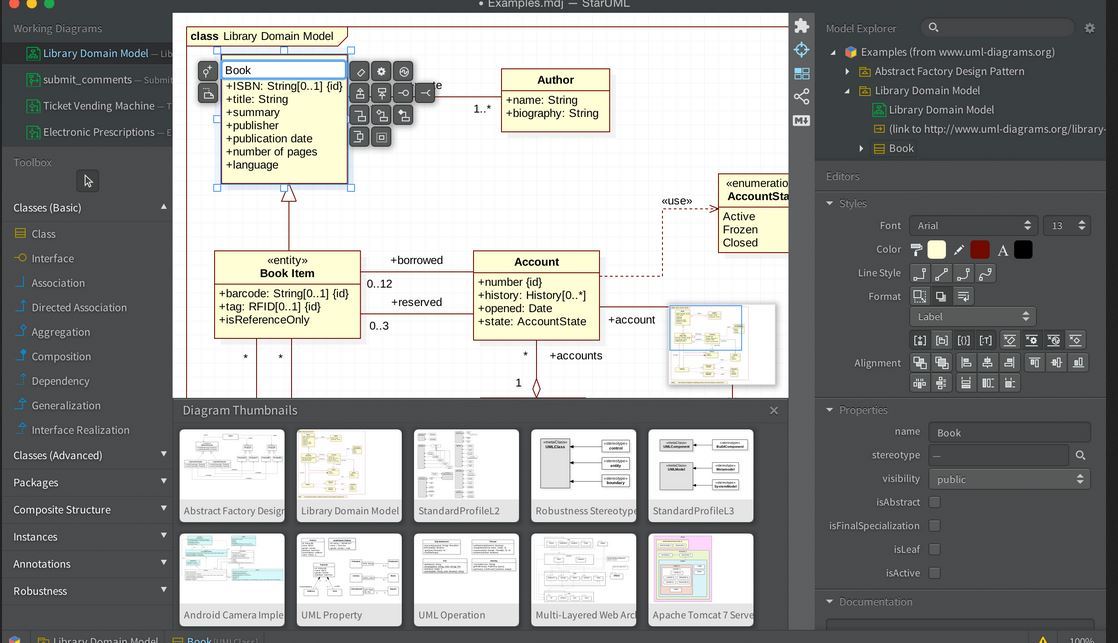
BOUML
BOUML is an UML 2 tool box including a modeller that allows users to specify and generate code in C++, Java, Idl, Php, Python and MySQL. It runs on Windows, Linux and MacOS X. BOUML is very fast and doesn't require much memory to manage several thousands of classes. In addition, the tool box is extensible, and the external tools (named plug-outs) can be written in C++ or Java, using BOUML for their definition. The code generators, reverses and roundtrips are some of the pre-defined plug-outs included in the BOUML distribution. BOUML releases from version 5.0 and licServer are not…
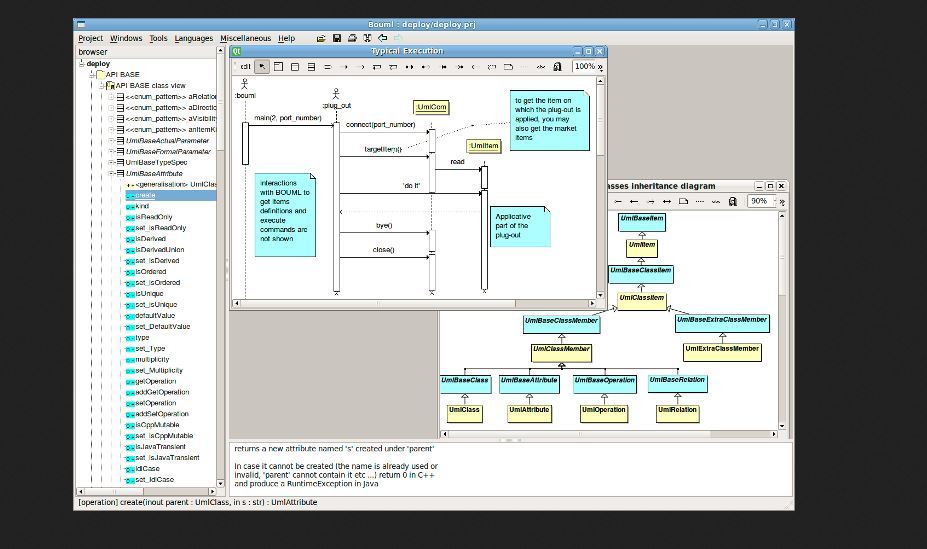
EclipseUML
EclipseUML architecture is composed of a live MOF to UML synchronization.A sophisticated UML project developed with EclipseUML requires only a few times to produce advanced Java code, whereas over 3 months would be necessary to create beginner level Java code using Eclipse Modeling set of open source plugins.The OMONDO architecture is built on top of MOF and uses Ecore as opposed to traditional tools which use transformation layers. This company was set up by Java developers and in the last 6 years, Rondo has been providing UML tools for Java developers. Many more projects approximately thousand projects have used EclipseUML…
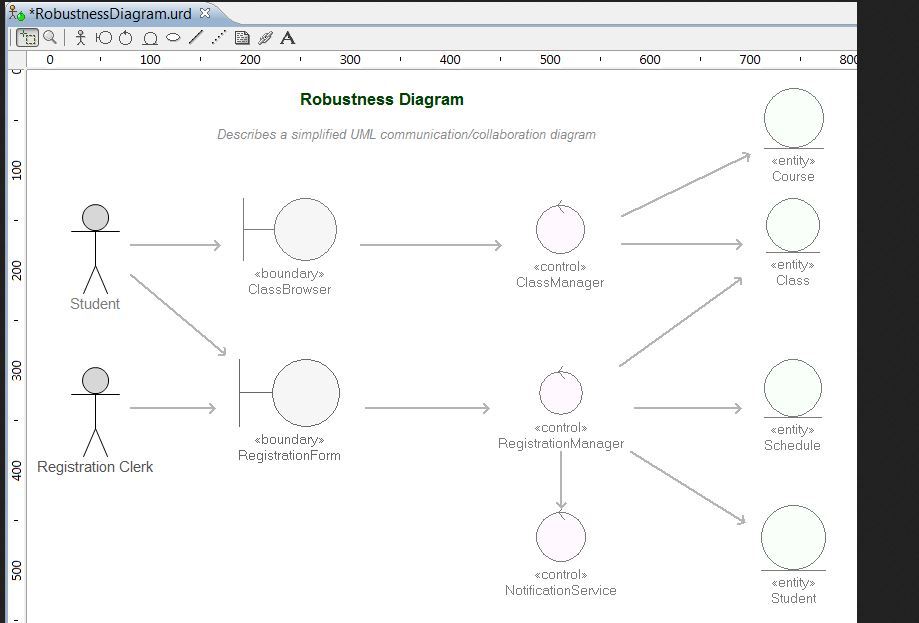
Dia
Dia by The GNOME Project is a GTK+ based diagram creation program for GNU/Linux, MacOS X, Unix, and Windows, and is released under the GPL license. It is roughly inspired by the commercial Windows program 'Visio,' though more geared towards informal diagrams for casual use. Dia can be used to draw many different kinds of diagrams and it currently has special objects to help draw entity relationship diagrams, UML diagrams, flowcharts, network diagrams, and many other diagrams. It is also possible to add support for new shapes by writing simple XML files, using a subset of SVG to draw the…
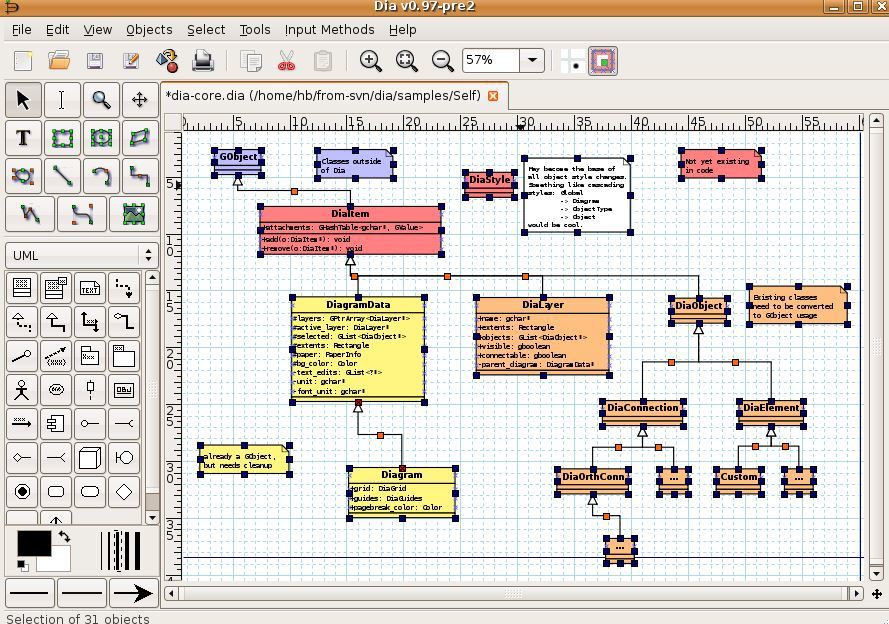
GenMyModel
GenMyModel speeds up the design of software architecture and business processes. The platform supports UML, BPMN, RDS, and Flowchart modeling with an incomparable ease of use that enables its users to design in the browser and visualize code ultimately saving time. With GenMyModel users can create UML class diagrams, use case diagrams, sequence diagrams, activity diagrams and object diagrams. They can also focus on processes with the Business Process Management diagram editor and export as BPMN2 files. Besides this, it is possible to customize all properties, types, relationships like in desktop modelers using this platform. GenMyModel allows its users to…
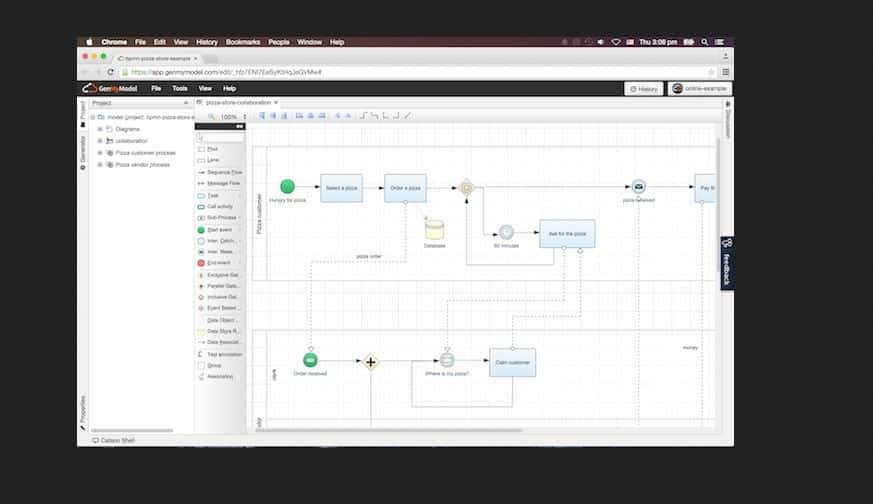
UML Modeller
Umbrello UML Modeller is a Unified Modelling Language (UML) diagram program based on KDE Technology. UML allows users to create diagrams of software and other systems in a standard format to document or design the structure of their programs. Umbrello comes with KDE SC, included with every Linux distribution and available through users’ package manager and as an installer for Windows and Mac OS X. The program supports the following languages of code generators: ActionScript, Ada, C++, C#, D, IDL, Java, JavaScript, MySQL, Pascal, Perl, PHP, PHP5, PostgreSQL, Python, Ruby, SQL, Tcl, Vala and MLSchema. Besides this, Umbrello supports XMI…
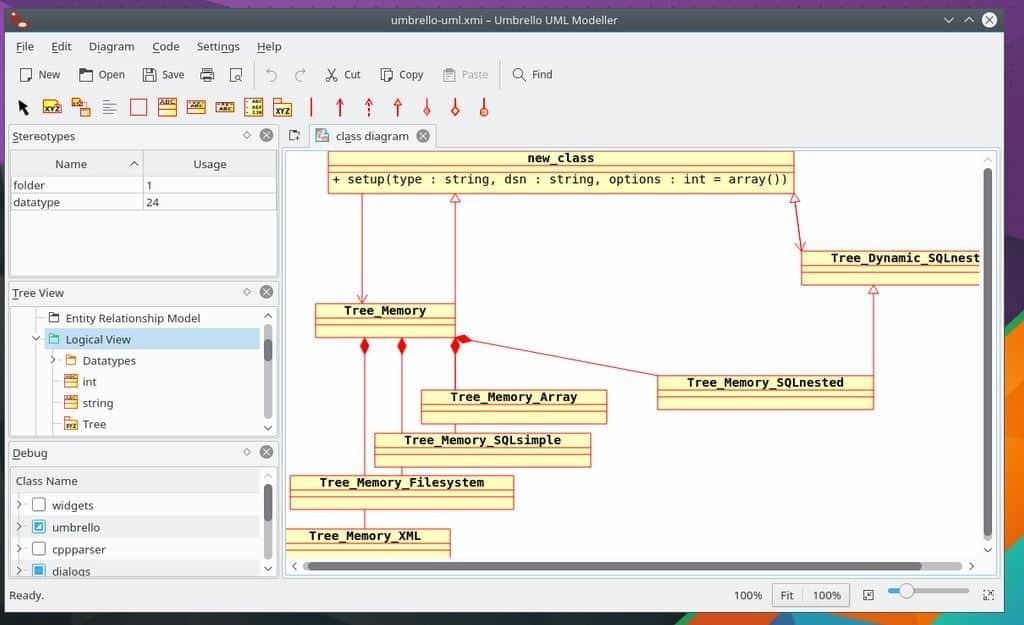
Papyrus
Papyrus is an industrial-grade open source Model-Based Engineering tool. Papyrus has notably been used successfully in industrial projects and is the base platform for several industrial modeling tools. As part of Polarsys (the Industrial Working Group of Eclipse), Papyrus has become a PolarSys Solution. In addition, in order to federate the industrial needs and efforts on MBE, a Papyrus Industry Consortium has been setup. Papyrus being open source has become the natural choice in academia for both teaching and research purposes. The platform has implemented the following standards: UML 2.5.0, SysML 1.1 & 1.4, OCL 2.3.1, fUML 1.1, ALF 1.0.1,…
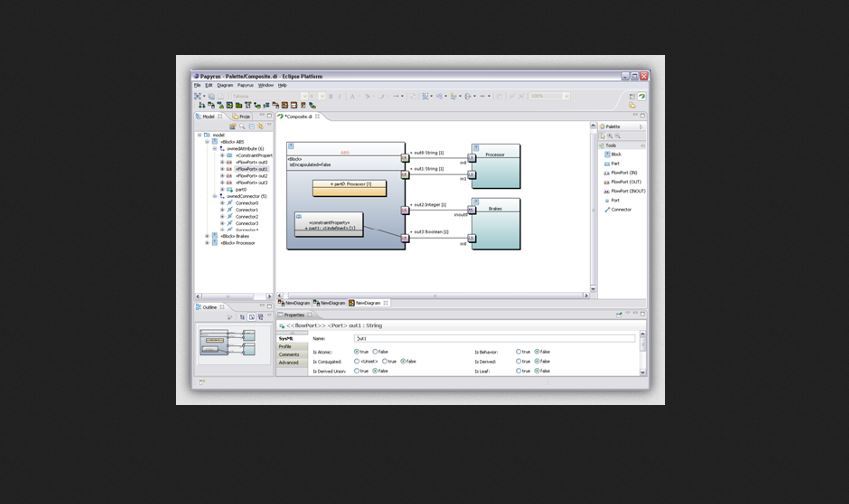
NClass
NClass is a free tool to easily create UML class diagrams with full C# and Java language support. The user interface is designed to be simple and user-friendly for easy and fast development. Properties, enums, delegates and other language specific elements are fully supported with strict syntactical and semantical verification.Users can design their application with just a few clicks - the main goal is to provide a simple but powerful class designer that is very intuitive to use. Diagram styles help users to create professional looking diagrams, just like in Visual Studio or other commercial products. Furthermore, users can generate…
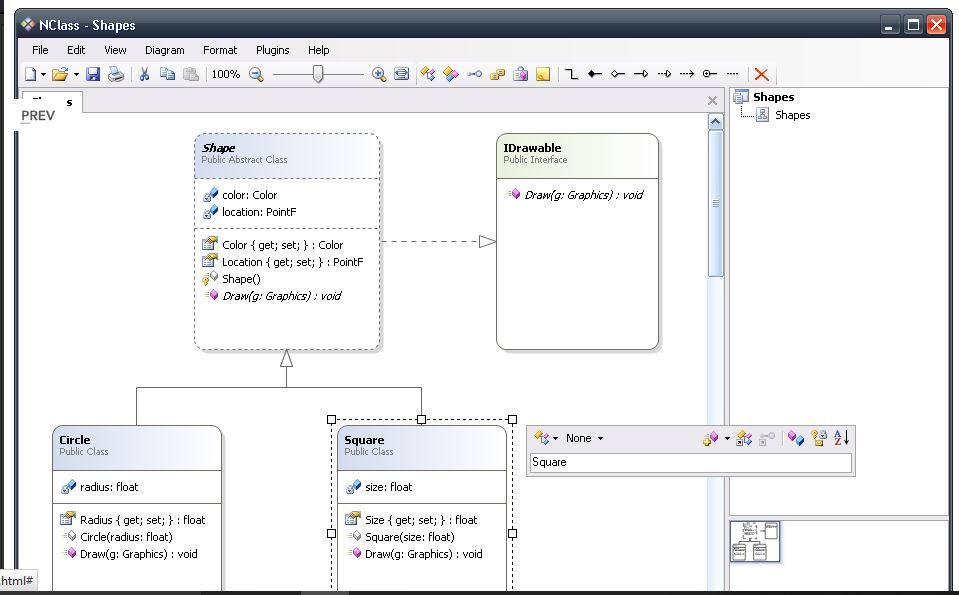
UMLet
UMLet is a free, open-source Java-based UML tool designed for teaching the Unified Modeling Language and for quickly creating UML diagrams. UMLet has a simple interface that uses text formatting codes to modify the basic shapes with decorations and annotations, so there is no forest of icons or parameter list dialogs in the user’s way. It is one type of UML tool that provides a fast way of creating UML diagrams. UML elements are modified using text input instead of pop-up dialogs. UMLet runs stand-alone or as Eclipse plug-in on Windows, OS X, and Linux. UML diagrams can be made…
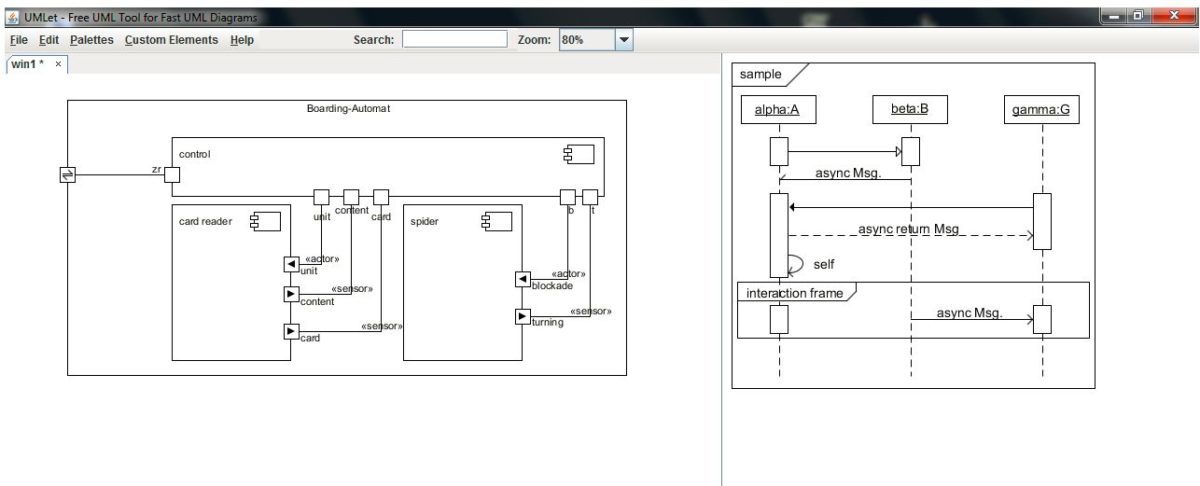
NetBeans IDE
NetBeans is an open-source project dedicated to providing rock solid software development products (the NetBeans IDE and the NetBeans Platform) that address the needs of developers, users and the businesses who rely on NetBeans as a basis for their products; particularly, to enable them to develop these products quickly, efficiently and easily by leveraging the strengths of the Java platform and other relevant industry standards. The two base products, the NetBeans IDE and NetBeans Platform, are free for commercial and non-commercial use. NetBeans IDE lets you quickly and easily develop Java desktop, mobile, and web applications, as well as HTML5…
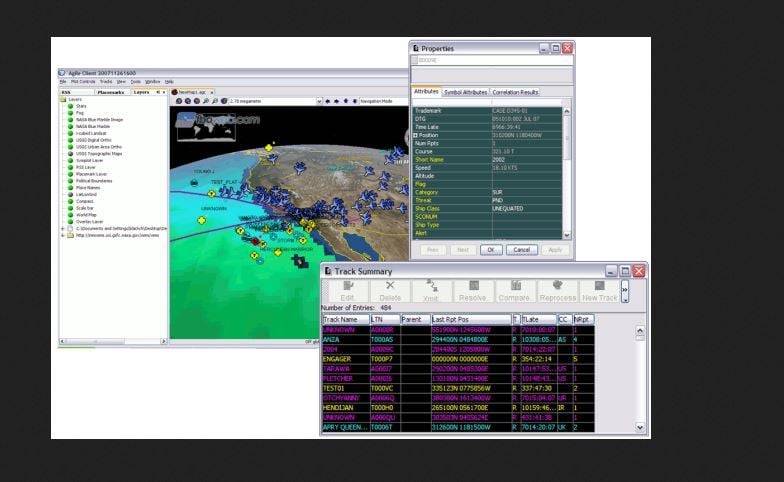
Plantuml
PlantUML is a component that allows users to quickly write sequence diagrams, usecase diagrams, class diagrams, activity diagrams, component diagrams, state diagrams, deployment diagrams, object diagrams and wireframe graphical interfaces. Diagrams are defined using a simple and intuitive language. Images can be generated in PNG, SVG or LaTeX format and it is also possible to generate ASCII art diagrams for sequence diagrams. Moreover, the component can be run on various platforms including Emacs, Open Office, Word and Sublime Text Editor. PlantUML can also be integrated with wikis and forums like NodeBB Forum, Confluence Cloud, Ikiwiki and Slack. The component can…
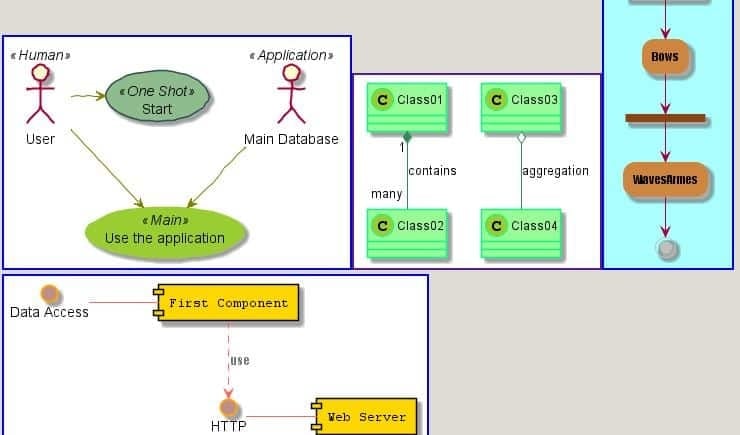
Open ModelSphere
Open ModelSphere is a powerful data, process and UML modeling tool - supporting user interfaces in English and French. Designed to be platform-independent, Open ModelSphere was created as a 100%-Java application. Having been developed as a commercial software by Grandite over several years, Open ModelSphere has become a professional and mature product that is supported by an experienced community of software architects and engineers who want users to benefit from the product and share their expertise with them. Open ModelSphere is released under GPL (GNU Public License) version 3. It is a free software that can be downloaded, used, copied…
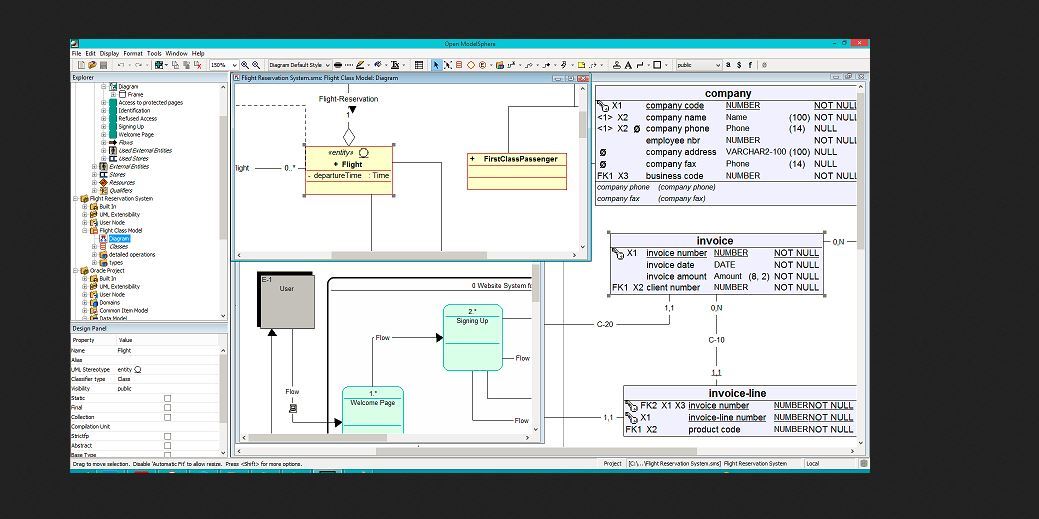
gModeler
gModeler is a free online UML diagramming and documentation tool, targetted at developers working with ECMA 262 languages such as FlashMX's Actionscript, and Javascript. In addition to its diagramming capabilities, it exports HTML documentation, FlashMX XML documentation (for the Action Panel and Reference Panel) and stub code (class code). gModeler Supports static class diagrams including notes, classes and packages, Exports HTML documentation, Exports FlashMX XML docs, Exports stub code w/ FlashDoc compatible comments, Exports to XML, for sharing or saving locally, Completely free online use, Multiple link types, Automatic documentation generation, All items can have highlight colors applied and Built…
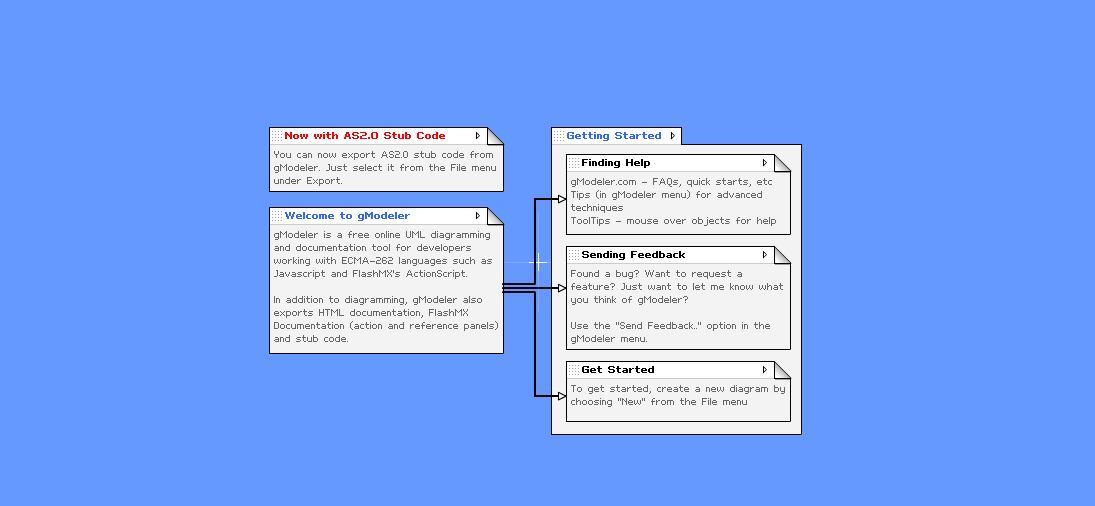
RISE
RISE is a software suite for model driven information system development. It's packed with features and functions needed to build users, information model and turn it into a complete system solution. Customers can use a single source RISE model to generate their entire information solution including database, web services and documentation. RISE supports graphic editing of complex objects such as views and orchestrated methods.RISE automatically safeguards the combination process, thus, assuring a technically correct result. It allows the user to build high-level, business methods using drag-and-drop orchestration of existing, lower level, methods. RISE provides a similar tool for easy, error…
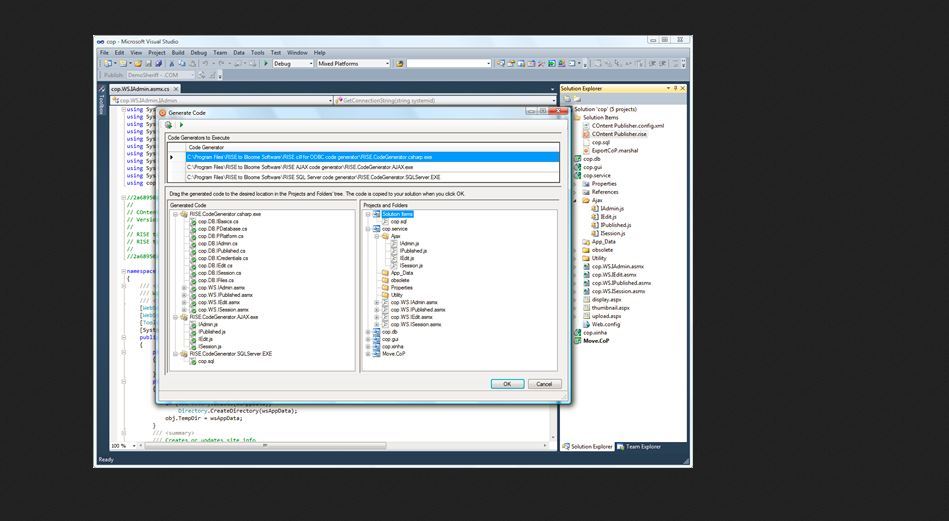
Violet
Violet is a UML editor that implements use-case, class, activity, sequence, state and object diagrams. Older versions (not Violet 2.0.0) are fully tested and integrated into Eclipse 3.1.1, 3.2, 3.3. Consequently, Violet supports Eclipse local history and allowing users to restore previous diagrams. They can also directly drag’n’drop java classes into class and sequence diagrams with code reverse engineering as well as drag’n’drop existing diagrams into current one to create diagram links. Violet can be started as a single application, an applet, via Java Web Start or as an Eclipse plugin. And when it’s up and running users can open…
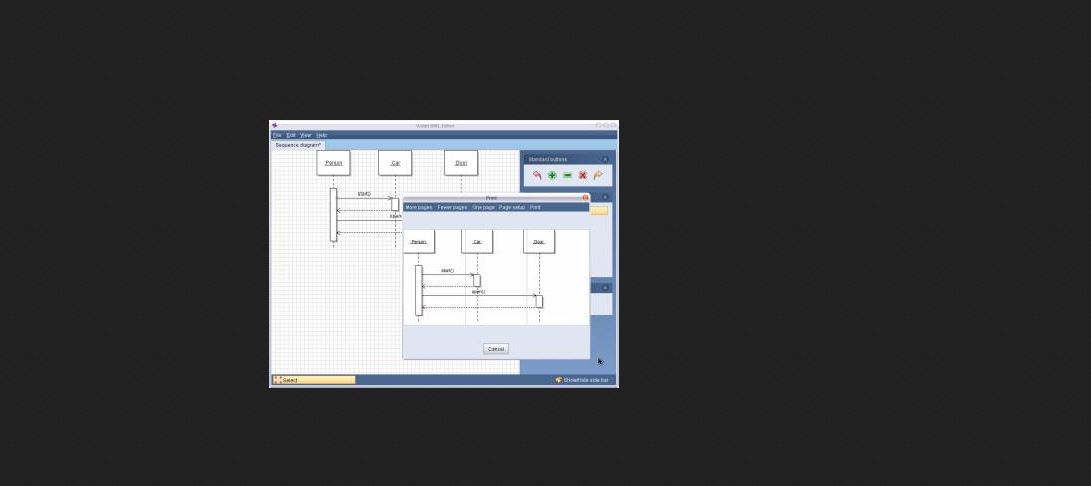
Oracle Jdeveloper
Oracle JDeveloper is a free integrated development environment that simplifies the development of Java-based applications addressing every step of the application lifecycle. JDeveloper offers complete end-to-end development for Oracle's platform and Oracle's applications. Oracle JDeveloper and Oracle Application Developer Framework 12.2.1.1 is a new release following 12.2.1.0 and is part of the larger Fusion Middleware product suite release of 12.2.1.1. With this latest release users can convert lambda to anonymous inner class. This is the corollary refactoring to converting an anonymous inner class to use a lambda expression. In addition, recent license changes to JUnit, have freed Oracle from shipping…
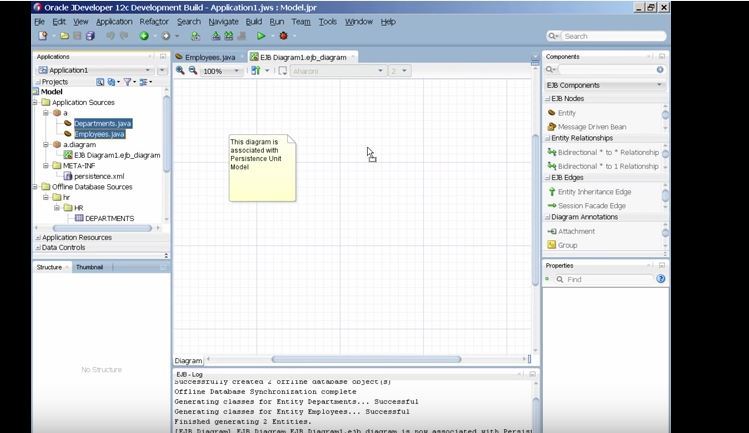
Oracle SQL Developer
Oracle SQL Developer is a free integrated development environment that simplifies the development and management of Oracle Database in both traditional and Cloud deployments. SQL Developer offers complete end-to-end development of PL/SQL applications, a worksheet for running queries and scripts, a DBA console for managing the database, a reports interface, a complete data modeling solution, and a migration platform for moving 3rd party databases to Oracle. Oracle offers a wide range of migration services to help users optimize their usage of Oracle technology. Through the use of tools, resources, and proven best practices, Oracle can provide support for migrating from…

Top Unified Modeling Language (UML) Tools
yEd
yEd is a desktop application that can be used to quickly and effectively generate high-quality diagrams. Users can create diagrams manually, or import their external data for analysis. yEd’s automatic layout algorithms arranges even large data sets with just the press of a button. yEd is freely available and runs on all major platforms: Windows, Unix/Linux, and Mac OS X.With yEd users can Import their own data from an Excel spreadsheet (.xls) or XML, create diagrams with ease via an intuitive user interface, automatically arrange their diagram elements and export bitmap and vector graphics as PNG, JPG, SVG, PDF, SWF.…
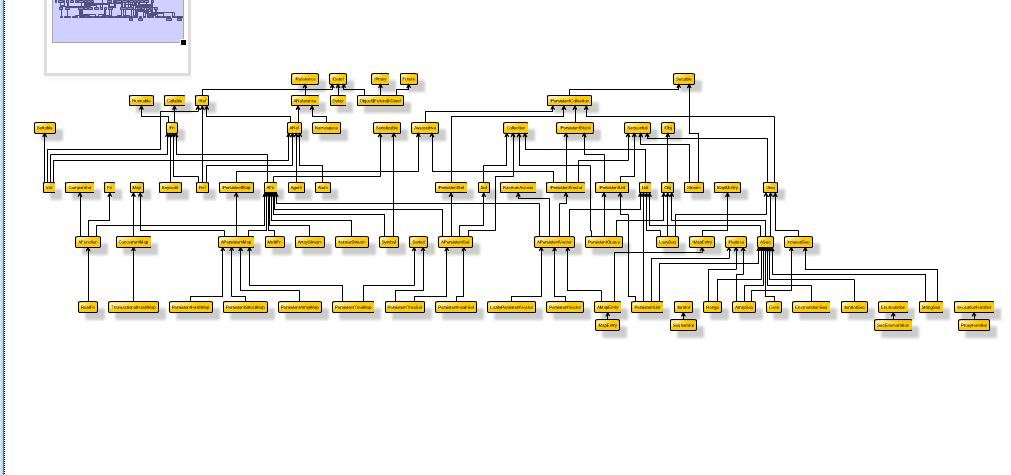
StarUML
StarUML is an open source software modeling tool that supports UML (Unified Modeling Language). It is based on UML version 1.4, provides eleven different types of the diagram and it accepts UML 2.0 notation. StarUML 2 is a sophisticated software model developed by advanced UX and extensions. StarUML 2 is compatible with UML 2.x standard and supports totally 11 kinds of UML diagrams Class, Object, Use case, Component, Deployment, Sequence, Communication, Activity and Profile Diagram. StarUML 2is a commercial software, and there is no limit for evaluation. People can buy a license for continued use. StarUML is one of the…

Visio
Visio is a one-stop diagramming solution to simplify and communicate complex information. Visio helps the user work visually and produce diagram effortlessly.Visio simplify and communicate complex information with data-linked diagrams that you can create in just a few clicks. It does simplify and communicate complex information with data-linked diagrams that create in just a few clicks. Whether you want to quickly capture a flowchart that you brainstormed on a whiteboard, map an IT network, build an organizational chart, document a business process, or draw a floor plan. It brings diagrams to life with data linking. The user can connect data…
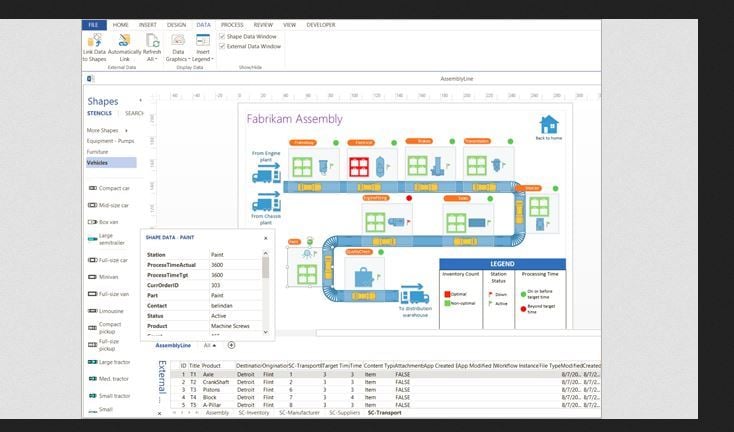
Modelio
Modelio is an Open Source UML tool developed by Modeliosoft. Modelio provides complete support of the enterprise architecture to manage the enterprise and information system complexity. Wide enterprise repository covering the analysis of Goals, Requirements, Risks, business models (processes, organization, etc.), application and technical models; Complete horizontal and vertical consistency management; Automated documentation generation; Benefit from the known standards and good practices: TOGAF, UML, BPMN; Federated repositories and distributed management of the project models and stakeholders (Modelio Constellation). Enterprise repository supports large models and team collaboration. Modelio SA, for System Architects, offers following benefits: Supports all viewpoints with a centralized…
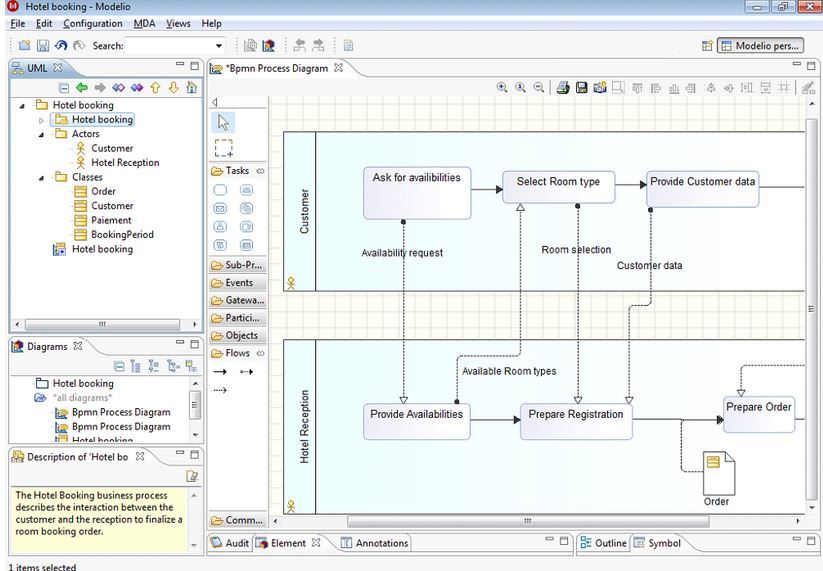
MagicDraw
MagicDraw is a Unified Modelling Language (UML) business process, architecture, software and system modelling tool by way of teamwork support. MagicDraw is 100% pure Java application. MagicDraw’s support is unique as it makes easy to deploy a Software Development cycle (SDLC) environment, serving the best for its users. Technically, it provides interdependence from specific software development process, delivering well to business process that allows centralized work process modeling, requirements, capture and designs. By utilizing MagicDraw’s Teamwork Server, multiple developers work alongside on the same model. This makes it simple to exchange data within the context of work. In a nutshell,…
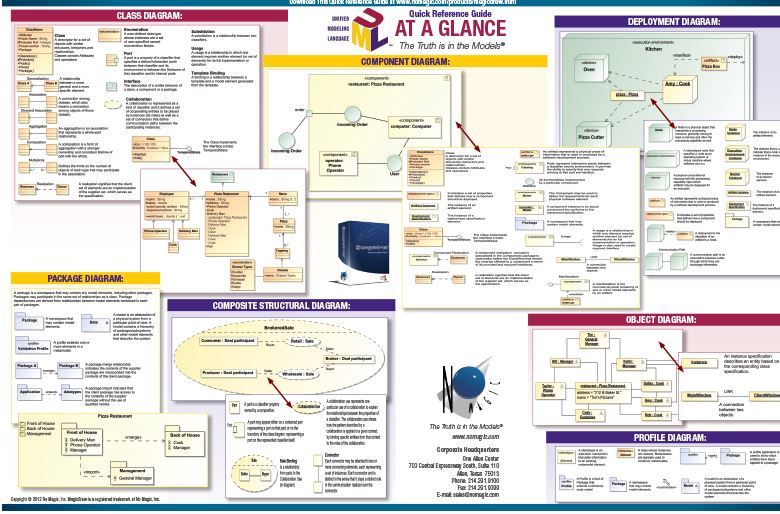
Sparx Enterprise Architect
Sparx Systems is a UML design and business analysis tool for modeling, documenting, reverse engineering, building and maintaining object-oriented features. Sparx Systems specializes in high performance and scalable visual modeling tools for the planning, design, and construction of software intensive systems. Sparx Systems is a leading vendor of innovative solutions based on the Unified Modeling Language. Sparx Systems aims to satisfy the growing needs of business and IT users involved in software and systems development, by providing immediate delivery and ongoing support of affordable, productive and user-friendly modeling software. Sparx Systems believes that a complete modeling and design tool should…
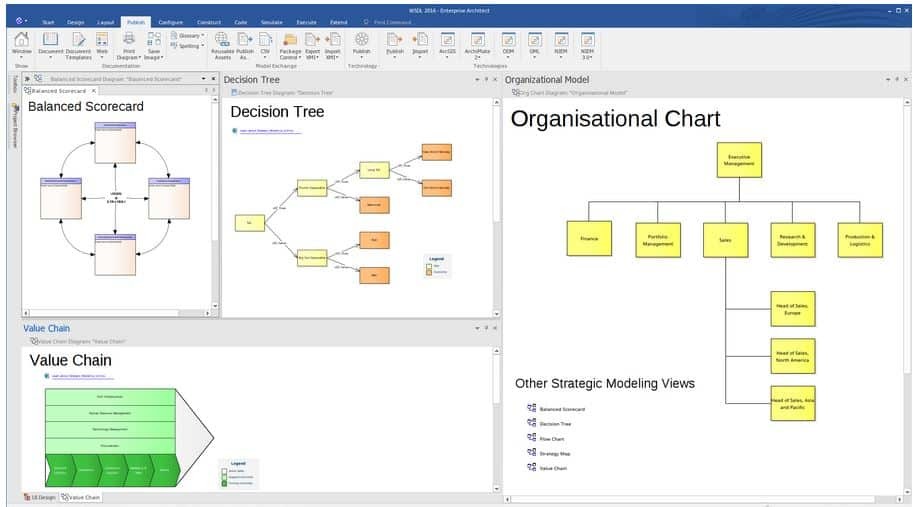
Creately
Creately is a beautiful and easy diagramming and collaboration tool that enables teams to create flowcharts, UML, UI Mock-ups and much more. It comes with a full-featured Desktop App through which users can work fully offline and collaborate online. Users can work with 2 or 20 other people from across the world sharing projects and enjoying secure publishing. Creately has 1000 ready-made templates, extensive shape libraries and 100,000 examples. One of its finest features is “1-click create” with which users can draw the shape and the line connecting it with 1 click. Users can also choose from 100s of expertly…
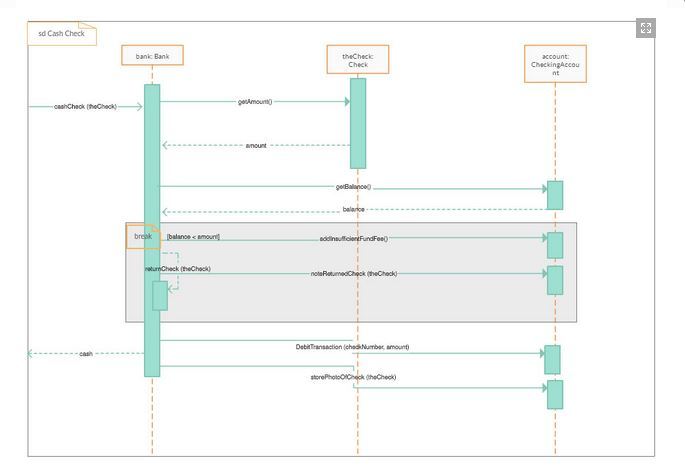
IBM Rational Rose
IBM Rational Rose Enterprise provides a set of model-driven capabilities for developing many software applications including Ada, ANSI C++, C++, CORBA, Java®, Java EE, Visual C++ and Visual Basic. The software allows you to accelerate development of these applications with code generated from visual models using the Unified Modeling Language (UML).IBM Rational Rose Modeler provides a set of model-driven capabilities for developing software applications. It allows architects and designers to produce Unified Modeling Language (UML) models of software architectures, business needs, reusable assets and management-level communication.Rational Rose Modeler offers a common modeling tool and language to simplify the work environment…
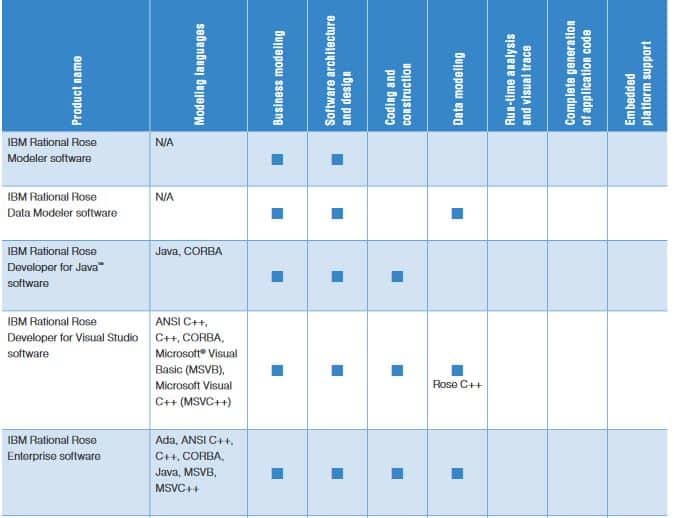
Visual Paradigm
Visual Paradigm is a software design tool tailored for agile software projects. It supports UML, BPMN, ERD, DFD, SysML. Visual Paradigm is designed for software development teams to model business information system and manage development processes. It offers complete tool-set software companies need for requirements capturing, process analysis, system design, database design, etc. Innovative modeling tools like Resource Catalog, Transistor and Nicknamer makes system modeling easy and cost effective. A user story is a proven technique to capture and maintain user needs. With the UeXceler tool of the platform, one can write user stories and manage them with use cases,…
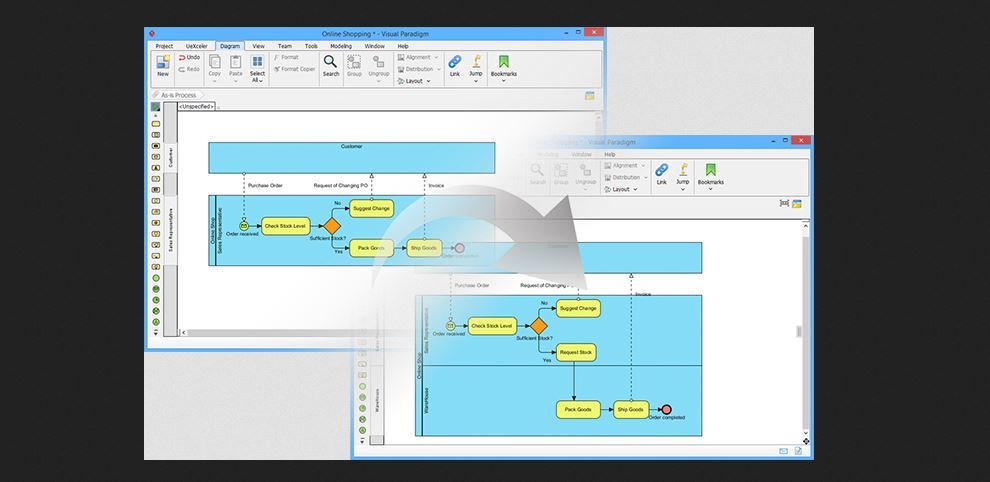
Micro Focus Together
Micro Focus Together (formerly Borland Together) is a visual modeling tool that helps business and development teams to analyze and design software architectures. This platform provides a collaborative approach to modeling enterprise architectures so that requirements, architectures, designs, and code are always in sync. Micro Focus Together is a visual modeling platform for software architectural design. It helps business and development teams to analyze & design software architectures. This tool assists delivery teams to increase their awareness of complex systems and capture requirements as accurately as possible.Micro Focus Together is known to be improving business agility by way of model…
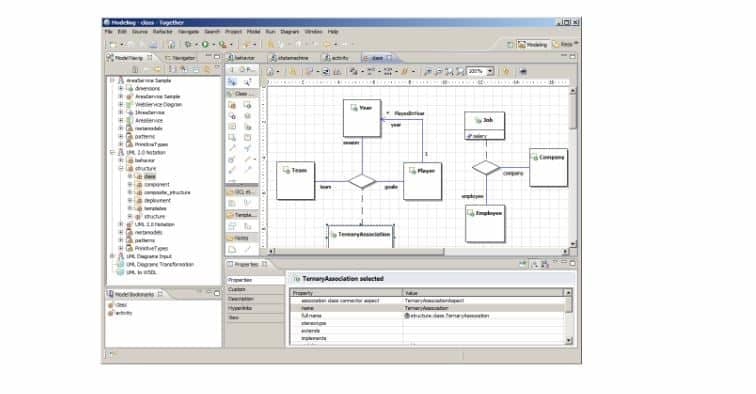
Gliffy
Gliffy.com is a web-based diagram editor. It creates and shares flowcharts, network diagrams, floorplans, user interface designs, and another kind of diagram using the Gliffy diagram tool is the first step to turning the idea into a reality. Gliffy makes it possible to work with anyone anywhere without worrying about software or browser compatibility. The SaaS is supported in all modern web browsers, including Google Chrome, Firefox, Safari, and Internet Explorer 9+. Gliffy online runs on an HTML5 editor that’s more than twice as fast as Flash. It creates and edits even very large diagrams without wasting time. Gliffy features…
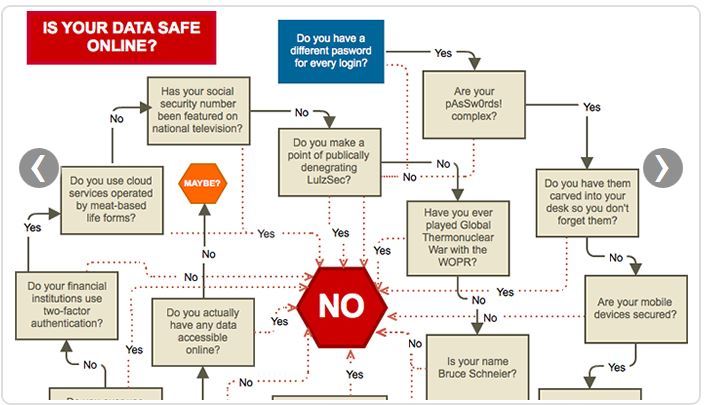
Trace Modeler
Trace-Modeler is an easy-to-use and smart UML sequence diagram editor for professionals. UML sequence diagrams are used to show how objects interact in a given situation. An important characteristic of a sequence diagram is that time passes from top to bottom: the interaction starts near the top of the diagram and ends at the bottom. Trace Modeler is an innovative editor that works with Sequence diagram. It has an intuitive drag & drop interface that know of about the flow of control in the diagram and adapts accordingly. Whenever people want to make changes, the layout adjusts instantly and automatically.…
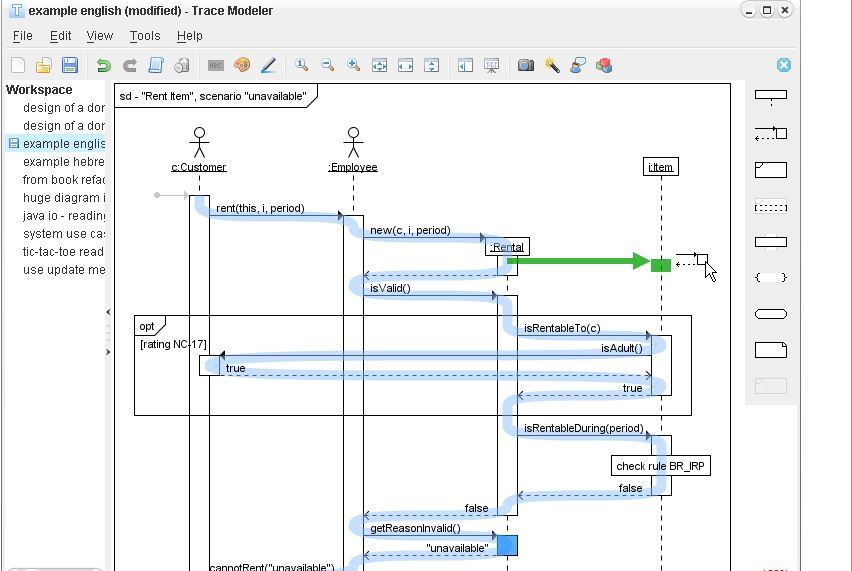
yUML
yUML is an online tool for creating and publishing simple UML diagrams. It's designed to for those that like to create small UML diagrams and sketches. yUML doesn't make you do any of this: loading up a UML tool, creating a diagram, giving it a name, fiddling with layout, exporting it to bitmap, and then uploading it online somewhere. yUML is designed for light, back-of-napkin style UML usage. It's makes it really easy for users to: Embed UML diagrams in blogs, emails and wikis; Post UML diagrams in forums and blog comments; Use directly within users’ web based bug tracking…
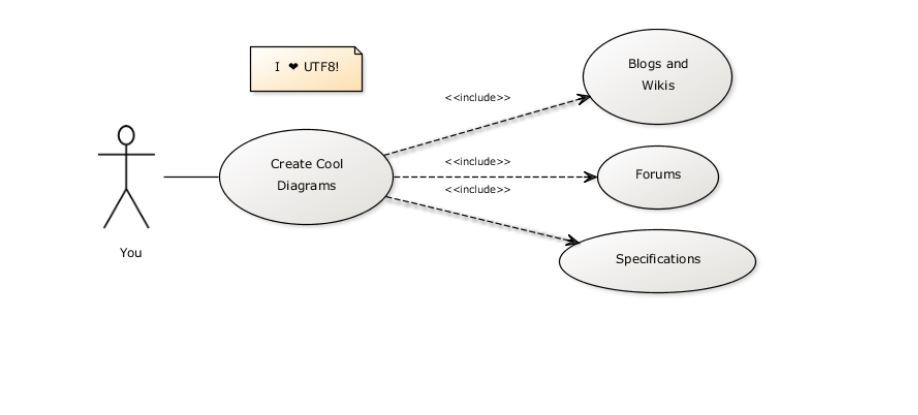
Altova Umodel
Altova UModel allows its users to visually design application models in UML and generate Java, C#, or Visual Basic .NET code and project documentation. They can also reverse engineer existing programs into UML 2 software architecture diagrams, then fine tune their designs and complete the round trip by regenerating code. Altova UModel 2017 combines a rich visual interface with superior usability features to help level the UML learning curve, yet it also includes high-end functionality to empower users with the advantages of UML software development. It empowers users to diagram a wide range of private (internal) and public business activities.…
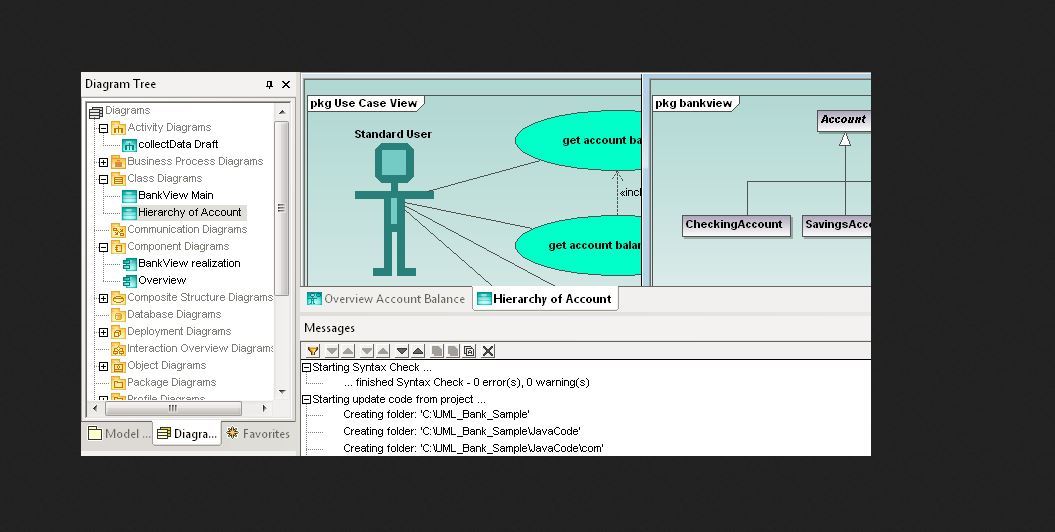
Astah
Astah, is a UML editor integrated with Mind Mapping features that is ideal for planning, collaboration, and design. It supports the UML 2.x. requirements for Class (Object/Package/Robustness), UseCase, Sequence, Communication, Statemachine, Activity, Component, Deployment, and Composite Structure Diagrams. In addition, the editor enables users to create Data Flow Diagrams that show how data flows between systems. DeMarco and Gane/Sarson notations are supported in Astah Professional. And with Astah DFD diagrams they can create Data Flow Diagram (External Entity, Process Box, Data Store, Data Flow), add models in Data Flow Diagram to CRUD Functions and convert Mind Map Topics to elements…

Poseidon
Poseidon is a platform that not only allows users to build excellent UML tools but also to create virtually any graphical modeling tool. Users are able to create their own specific modeling tool, based on the Poseidon platform. This allows them to create a Domain Specific Modeling Language or DSL that perfectly matches their needs in modeling and code generation. With "Poseidon for DSLs" users can create professional graphical modelling tools within hours. Version 2.0 allows users can create a graphical editor for an arbitrary EMF model and configure it in a convenient and flexible way. It also lets them…

IBM Rational
IBM Rational Software Architect is a modeling and development environment that uses the Unified Modeling Language for designing architecture for C++, and Java EE applications and web services. Rational Software Architect is built on the Eclipse open-source- software framework and includes capabilities focused on architectural code analysis, C++, and model-driven development with the UML for creating applications and web services. Rational Software enables flexible software development through enhanced team collaboration and better control of risk and change. This modular, solution-focused set of products and services helps increase efficiencies by aligning key capabilities including DevOps, continuous engineering and enterprise modernization with…
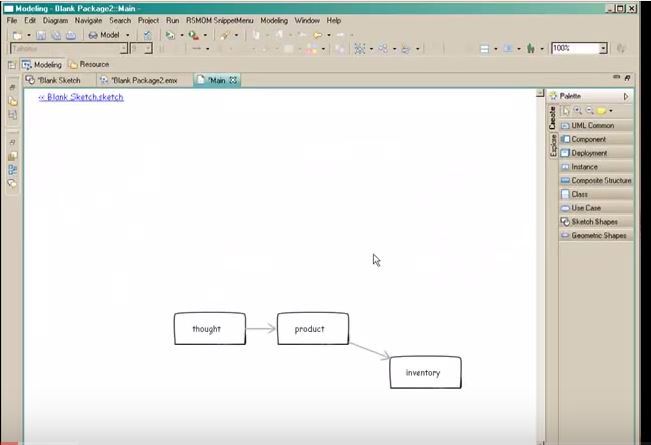
Pacestar UML
Pacestar UML Diagrammer helps users generate UML 2.0 diagrams quickly and easily. They can develop, document, and communicate their designs in a systematic yet flexible AND commonly understood notation. Also, they are able to create activity diagrams, class and object diagrams, communication diagrams, use case diagrams, sequence diagrams, state charts, package diagrams, and component diagrams, deployment diagrams, composite structure diagrams, interaction overview diagrams, and even traditional flowcharts. It is packed with aids to make UML diagramming easier.EDGE Diagrammer is Pacestar’s most versatile diagramming tool. Allows creating a wide variety of technical, presentation, and design diagrams efficiently and with the highest…
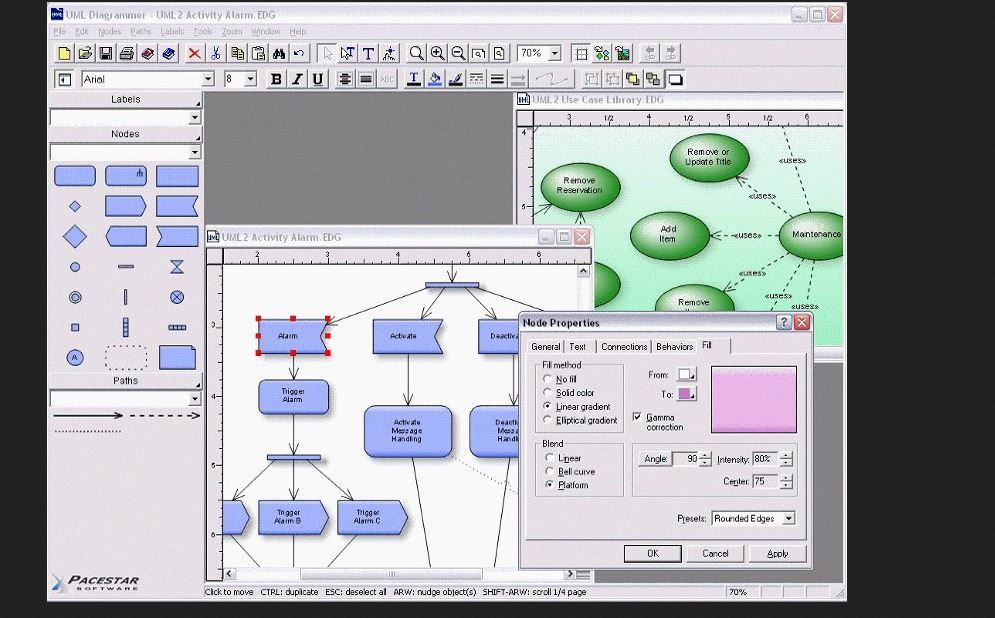
PragmaDev Specifier
PragmaDev Studio is a modeling tool which helps managing complexity inherent to developing todays communicating systems. It integrates four different tools based on international standard technologies. Each tool is dedicated to a user profile: architects/system engineers, developers, and testers.PragmaDev Specifier helps system engineers to unambiguously specify and verify the functionalities of the system, and define the best architecture for performance or energy efficiency. PragmaDev Specifier aims at helping system engineers, architects, and specifiers to express their needs in a graphical and executable functional model.The model expresses the expected architecture of the system and the behavior of the different elements. The…
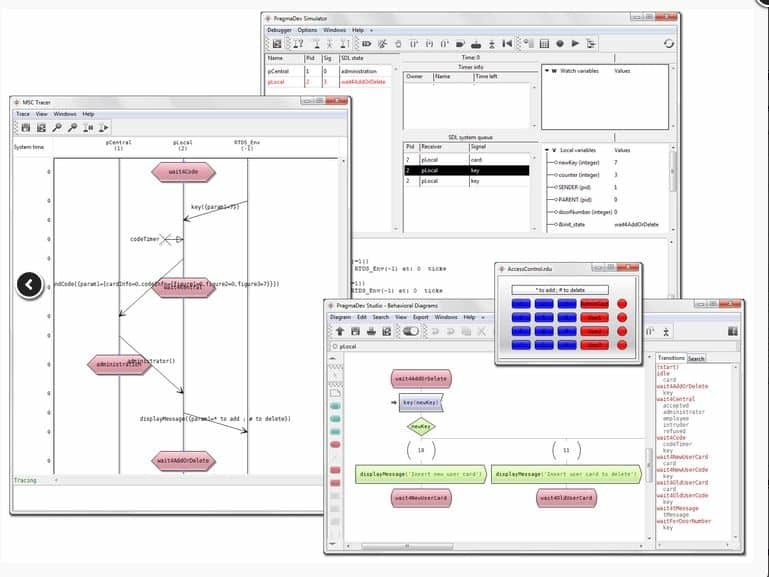
objectiF
objectiF is the a tool for model-driven development. It creates individual model transformations and generate code from domain-oriented models to build technical models. Users can create individual transformations from their UML diagrams, utilize existing means of expression, tailor the transformations to their needs and create code, or generate technical models from domain-oriented models. objectiF provides users with systematical guidance when modeling software systems, with a standardized modeling framework. The framework helps users to: structure the domain-oriented architecture, adhere to systematical conventions and create UML models which can be automatically transformed into technical models and code. The framework contains four domain-oriented…
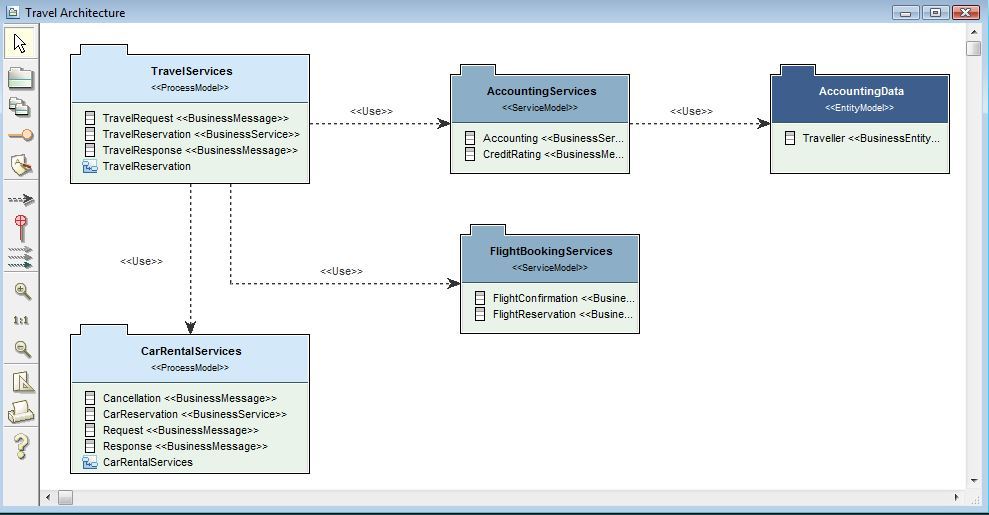
OmniGraffle
OmniGraffle 7 for Mac creates precise, beautiful graphics: website wireframes, electrical systems, family trees and maps of software classes. Everyone from professional artists and designers to casual data mappers and beginning diagrammers can find something new in OmniGraffle 7. Users can quickly share tiny elements or mock-ups in a message to a friend, or export finished assets for the project in the format that they need. They can start simple, layer on detail, and use it to create anything. What makes OmniGraffle exceptional? It’s easy to get started, but has plenty of power ready when it’s needed. It is friendly…
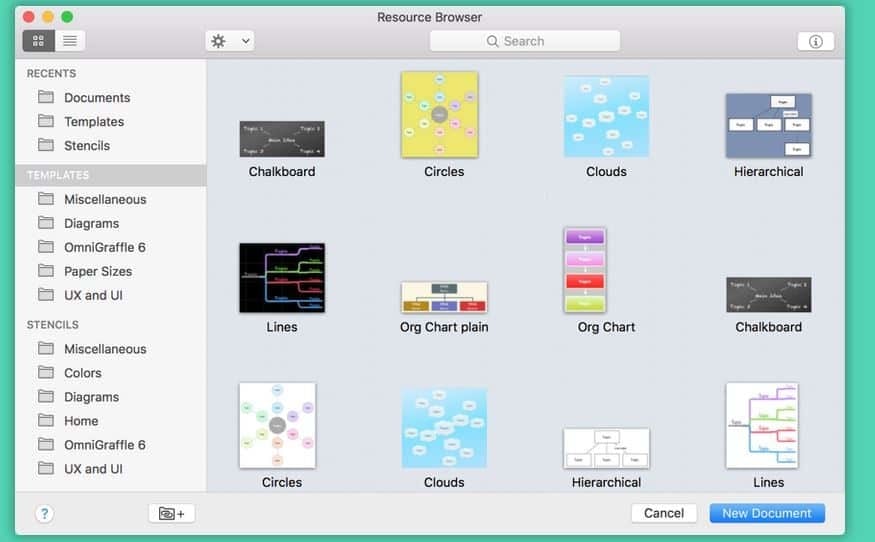
SAP PowerDesigner
SAP PowerDesigner is an Enterprise Architecture tool for digital transformation success that enables its users to plan and manage complex business transformation initiatives. The software’s data modeling tools let users build a blueprint of their current enterprise architecture and visualize the impact of change before it happens. They can automatically capture architecture layers and requirements, tap into a powerful metadata repository, and share discoveries with their teams. SAP PowerDesigner offers multiple, integrated models to document existing systems visually and help users understand how business and technical environments interact. There are many options for reading in and aligning metadata already in…
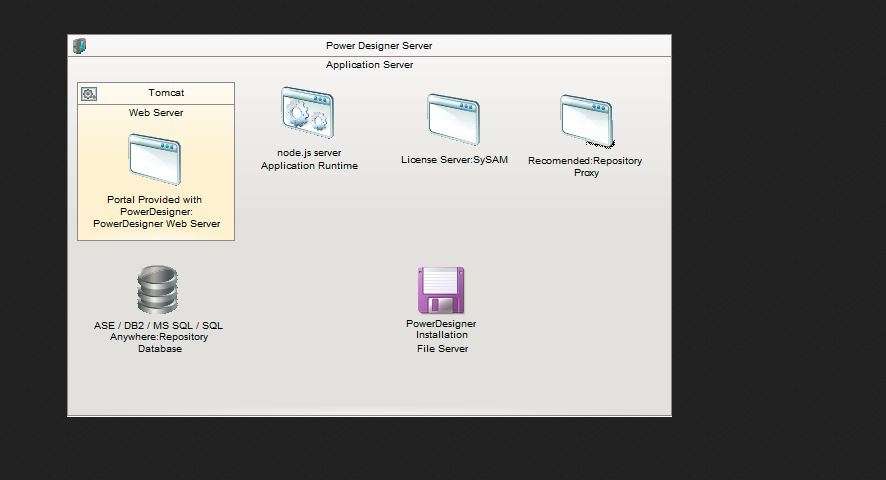
Prosa
Prosa UML modeler has been carefully thought out to assist the software designer to understand the software requirements, architecture and functionality, and make the design choices and decisions be communicated and understood by others. The modeler supports use case, sequence, collaboration, class, state chart, activity, component, deployment and package diagrams. Prosa provides the natural path from sequence diagram/object collaboration diagram analysis to class diagram design. The objects and messages identified in sequence analysis are automatically transferred to classes and their operations in class diagram. The clear model integration of Prosa connects the classes and state chart diagrams as defined in…
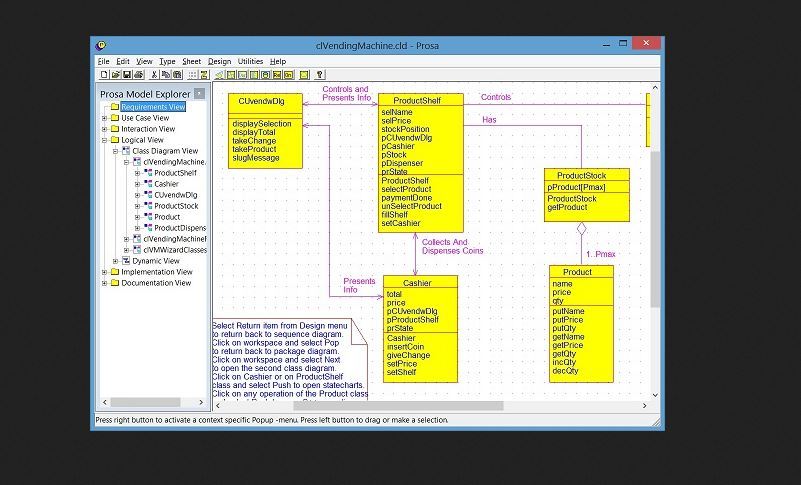
What is UML?
Unified Modeling Language (UML) is a modeling language which is intended to provide a standard way to visualize the design of a system. The Unified Modeling Language offers a way to visualize a system's architectural blueprints in a diagram including elements such as activities, jobs, individual components of the system, how they can interact with other software components, how the system will run and how entities interact with others.
What are Unified Modeling Language (UML) Software?
The Unified Modeling Language (UML) Software provides a general-purpose, developmental, modeling language which is intended to provide a standard way to visualize the design of a system. UML offers a way to visualize a system's architectural blueprints in a diagram including elements such as any activities, individual components of the system, and how they can interact with other software components, how the system will run, how entities interact with others (components and interfaces) and external user interface.
What are the Top Open Source and Free Unified Modeling Language (UML) Tools?
ArgoUML, StarUML, BOUML, EclipseUML, Dia, GenMyModel, UML Modeller, Papyrus, NClass, UMLet, NetBeans IDE, Plantuml, Open ModelSphere, gModeler, RISE, Violet, Oracle Jdeveloper, Oracle SQL Developer are some of the examples for the best Open Source and Free Unified Modeling Language (UML) Tools.
What are the Top Unified Modeling Language (UML) Tools?
yEd, StarUML, Visio, Modelio, MagicDraw, Sparx Enterprise Architect, Creately, IBM Rational Rose, Visual Paradigm, Micro Focus Together, Gliffy, Trace Modeler, yUML, Altova Umodel, Astah, Poseidon, IBM Rational, Pacestar UML, PragmaDev Specifier, objectiF, OmniGraffle, SAP PowerDesigner, Prosa are some of the example for the best Unified Modeling Language (UML) Tools.









































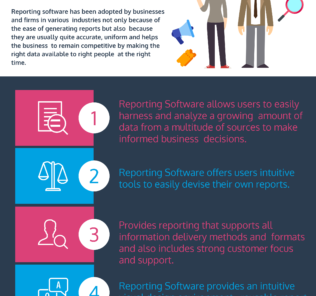
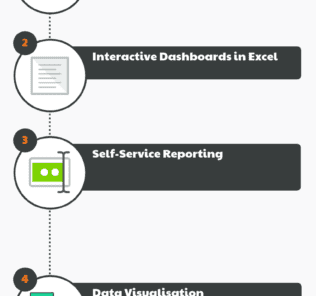
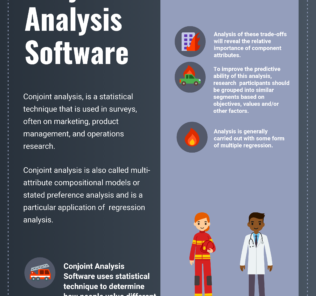
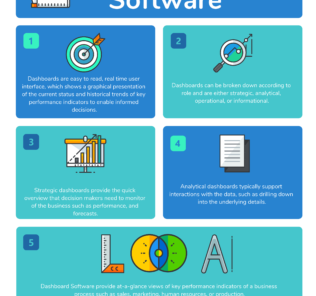






ADDITIONAL INFORMATION
A quite good and long list of UML tools. However, the strange thing is that as most of similar lists includes software like ArgoUML, Dia, StarUML, etc. which have not been maintained or developed for years and some better and actively developed applications are missing, e.g. Software Ideas Modeler, WhiteStarUML, …